- europages
- >
- COMPANIES - SUPPLIERS - SERVICE PROVIDERS
- >
- chemicals
Results for
Chemicals - Import export
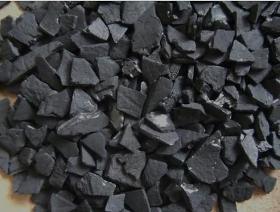
SUN CHEMICAL - COLORS & EFFECTS NETHERLANDS B.V
Netherlands
Activated Carbon is the general name assigned for a group of porous carbons. The appearance of activated Carbon depends considerably on the process used for the activation of Carbon. The product is typically charcoal black with varying mesh sizes.
Request for a quote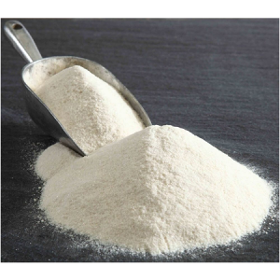
SUN CHEMICAL - COLORS & EFFECTS NETHERLANDS B.V
Netherlands
DL-Methionine is an essential amino acid in humans. It is a sulfur-containing organic compound. It is encoded by the codon AUG. Its chemical formula is represented as C5H11NO2S. The chemical exhibits phase behavior, it changes from solid to liquid and gas. It cannot be synthesized in the body and must be obtained by consuming methionine-containing proteins.
Request for a quote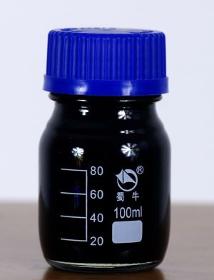
SUN CHEMICAL - COLORS & EFFECTS NETHERLANDS B.V
Netherlands
Dithiophosphates 25 is a liquid substance that has a brown-black appearance. This liquid is corrosive which also has a pungent odor. That is an inflammable substance, that is also sparingly soluble in water.
Request for a quote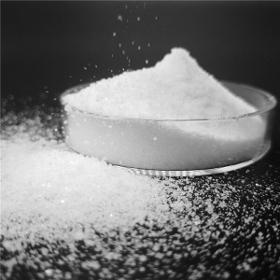
SUN CHEMICAL - COLORS & EFFECTS NETHERLANDS B.V
Netherlands
Thiourea 99% is a very useful organic sulphur containing compound having the chemical formula N2H4CS. It refers to a broad class of compounds related to thioamides.
Request for a quote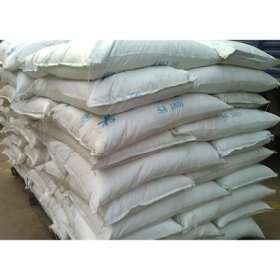
SUN CHEMICAL - COLORS & EFFECTS NETHERLANDS B.V
Netherlands
Sodium Nitrite
Request for a quote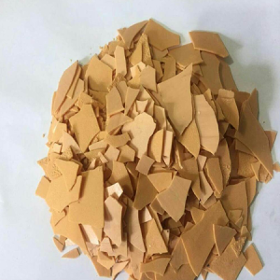
SUN CHEMICAL - COLORS & EFFECTS NETHERLANDS B.V
Netherlands
Sodium Sulfide exists in flakes or liquid form and has either a yellow or red color. It is an inorganic compound. It has a typical mercaptan or rotten egg odor. It is completely soluble in water. It also reacts violently with strong acids. It reacts with oxidizing agents. It is insoluble in ether and slightly soluble in alcohol. During exposure to moist air, Sodium Sulfide and its hydrates will yield hydrogen sulfide. It is also known as „stinky alkali,“ and the liquid form is strongly alkaline. The chemical formula of Sodium Sulfide is Na2S.
Request for a quote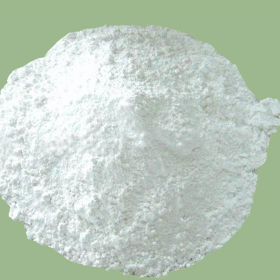
SUN CHEMICAL - COLORS & EFFECTS NETHERLANDS B.V
Netherlands
Strontium Carbonate is a white, powdered, tasteless, and odorless chemical. It occurs naturally in the mineral strontianite. Its chemical formula is represented as SrCO3. It is a non-hygroscopic strontium salt, unlike other strontium salts
Request for a quote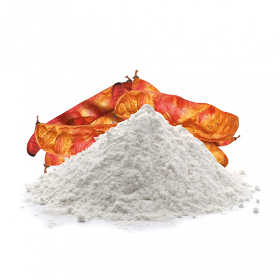
SUN CHEMICAL - COLORS & EFFECTS NETHERLANDS B.V
Netherlands
Tara Gum is a natural chemical that is obtained from Caesalpinia Spinosa seeds. The endosperm of the Tara tree is what is used to produce the chemical. The tree is mainly grown in Peru and that is why the chemical is otherwise known as Peruvian Carob. It belongs to the group of chemicals known as Galactomannan. These chemicals are polysaccharides made up of mannose and galactose. Tara Gum is prepared through the process of treating the seeds with sulfuric acid. There is also a roasting method that helps separate germs from the endosperm. The chemical is majorly used as an additive that helps in thickening and stabilizing foods.
Request for a quote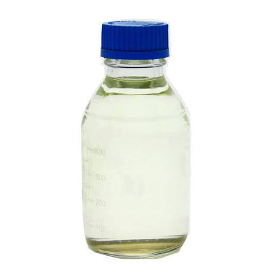
SUN CHEMICAL - COLORS & EFFECTS NETHERLANDS B.V
Netherlands
Triethanolamine 85% (TEA 85%) is a colorless to yellow liquid. It is completely soluble in water, also soluble in ethanol, acetone, glycerine, and ethylene glycol. It has an ammonia like smell.
Request for a quote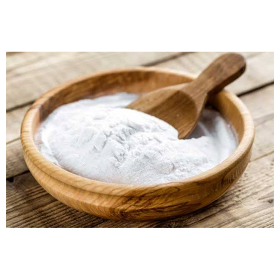
SUN CHEMICAL - COLORS & EFFECTS NETHERLANDS B.V
Netherlands
Xanthan Gum is an extracellular polysaccharide used in food processing. It is a good additive that can be used for different kinds of food. The chemical is made through the process of bacterial fermentation. At the same time, it can also be extracted from plants. Commercial Xanthan Gum is mostly produced using the fermentation process. Carbohydrate sources such as corn starch and Xanthomonas Campestri- which is a naturally occurring bacterium on green vegetable surface are the major constituents. The two at then fermented and purified using isopropanol or ethanol. The molecular formula of Xanthan Gum is represented as (C35H49O29)n.
Request for a quote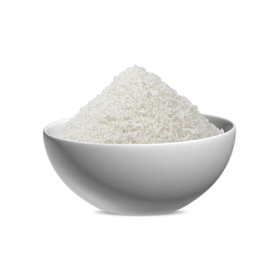
SUN CHEMICAL - COLORS & EFFECTS NETHERLANDS B.V
Netherlands
Sorbic Acids are organic compounds that occur naturally and serve as food preservatives. The Potassium salt of a Sorbic acid is called Potassium Sorbate. It is used in the food industry in the preservation of food and wine. It is also used for preserving personal-care products and toiletries. Potassium Sorbate is found naturally in berries. Meanwhile, commercial Potassium Sorbate is manufactured synthetically. It is made from the treatment of Sorbic Acid with Potassium hydroxide. The chemical formula of Potassium Sorbate is C6H7KO2.
Request for a quote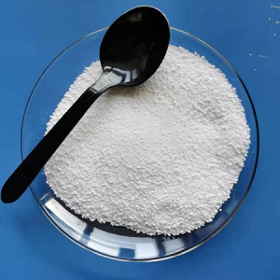
SUN CHEMICAL - COLORS & EFFECTS NETHERLANDS B.V
Netherlands
Sodium Tripolyphosphate is an inorganic chemical. It’s the sodium salt of the polyphosphate penta-anion, which is a triphosphoric acid’s conjugate base. It is widely used as a component in various residential and industrial products, particularly detergents. Its widespread use is blamed for the environmental problems connected with eutrophication. It has the chemical formula Na5P3O10. It is produced in the laboratory by heating a stoichiometric mixture of disodium phosphate and monosodium phosphate under carefully controlled conditions.
Request for a quote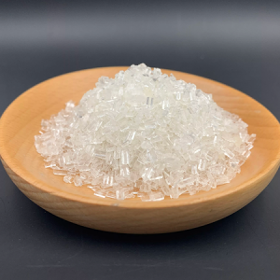
SUN CHEMICAL - COLORS & EFFECTS NETHERLANDS B.V
Netherlands
Used in tanning industry, water treatment industry, hair bleach, and pulp bleaching agent and as an intermediate such as manufacturing and ore mention silver etc.
Request for a quote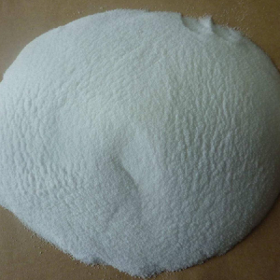
SUN CHEMICAL - COLORS & EFFECTS NETHERLANDS B.V
Netherlands
Sodium Sulfite is a chemical compound that you can find in two different states, as an anhydrous chemical or as a heptahydrate. The chemical is prepared industrially through the reaction of sodium hydroxide with sulfur dioxide. The chemical formula of Sodium Sulfide Anhydrous is Na2SO3.
Request for a quote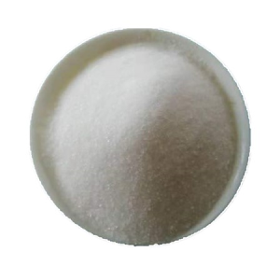
SUN CHEMICAL - COLORS & EFFECTS NETHERLANDS B.V
Netherlands
Sodium Sulfate Anhydrous is an inorganic compound having the formula Na2SO4. It is insoluble in ethanol and soluble in glycerol, water, and hydrogen iodide. Anhydrous Sodium Sulfate is known as the rare mineral thenardite.
Request for a quote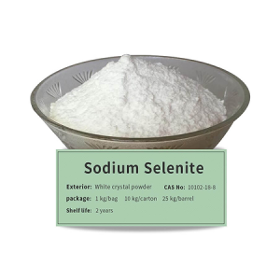
SUN CHEMICAL - COLORS & EFFECTS NETHERLANDS B.V
Netherlands
Sodium Selenite is an inorganic salt that serves as an industrial chemical. The chemical is used in the glass manufacturing industry. It also serves as a feed supplement for animal feed-making industries. The reaction of sodium hydroxide and selenium dioxide yields Sodium Selenite. The chemical formula for the compound is Na2SeO3.
Request for a quote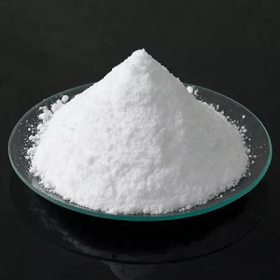
SUN CHEMICAL - COLORS & EFFECTS NETHERLANDS B.V
Netherlands
Sodium Hexametaphosphate (SHMP)
Request for a quoteDo you sell or make similar products?
Sign up to europages and have your products listed
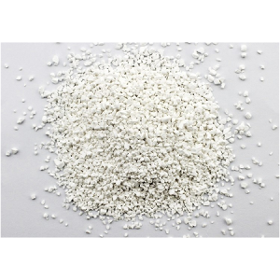
SUN CHEMICAL - COLORS & EFFECTS NETHERLANDS B.V
Netherlands
Sodium Dichloroisocyanurate Dihydrate (SDIC Dihydrate 56%) is a white, water-soluble solid. It comes in the forms of white powder, granules, and tablets.
Request for a quote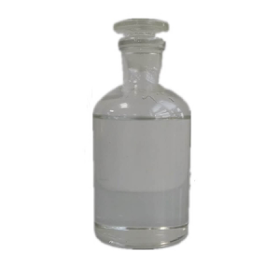
SUN CHEMICAL - COLORS & EFFECTS NETHERLANDS B.V
Netherlands
PolyDadMac is a strong cationic polyelectrolyte. It is an organic compound. It is viscous. It is synthesized by the radical polymerization of DADMAC (DADMAC is produced by reacting two equivalents of allyl chloride with dimethylamine) with an organic peroxide as a catalyst. Its chemical formula is represented as (C8H16NCl)n
Request for a quote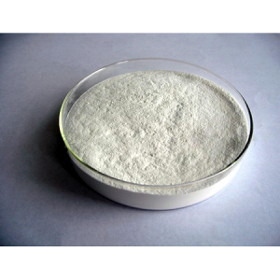
SUN CHEMICAL - COLORS & EFFECTS NETHERLANDS B.V
Netherlands
Polyanionic Cellulose is a polymer derivative of Cellulose with a high degree of purity. It is regarded as a premium product because of its typical higher carboxymethyl substitution and the presence of less residual NaCl than that of technical-grade Carboxymethylcellulose (CMC). However, PAC still contains a considerable amount of NaCl. It is a water-based drilling fluid used for varying purposes in fluid environments. Its molecular structure is similar to that of CMC, but it is considered to be better than CMC. It also has low water loss properties.
Request for a quote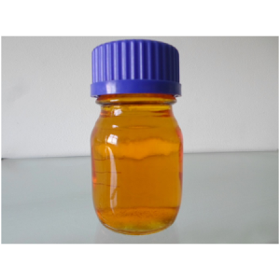
SUN CHEMICAL - COLORS & EFFECTS NETHERLANDS B.V
Netherlands
Pine oil has a very transparent yellow liquid colour and comes in an oil form. It is sparingly mixable or dissolvable in water because of its density. It is composed of different kinds of monohydric alcohols and terpene derivatives.
Request for a quote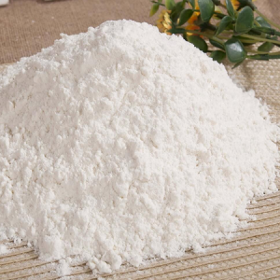
SUN CHEMICAL - COLORS & EFFECTS NETHERLANDS B.V
Netherlands
Paraformaldehyde, also known as Formaldehyde Resin, is an industrial chemical. It is used in industries such as manufacturing, agriculture, and medicine. It is obtained as a by-product of Formaldehyde polymerization. When the chemical is depolymerized, it gives back formaldehyde. The chemical formula of Paraformaldehyde is C2H6O2.
Request for a quote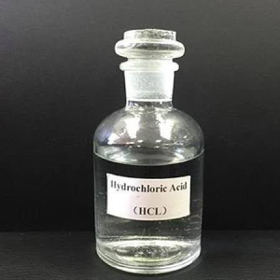
SUN CHEMICAL - COLORS & EFFECTS NETHERLANDS B.V
Netherlands
Hydrochloric Acid 33% (HCl 33%) is a colourless transparent liquid. It is an aqueous solution of hydrogen chloride. It is a strong and highly corrosive acid which has a distinctive pungent odor. It is water and alcohol soluble but insoluble in hydrocarbons. It is an extremely important industrial chemical.
Request for a quote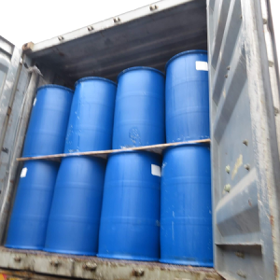
SUN CHEMICAL - COLORS & EFFECTS NETHERLANDS B.V
Netherlands
Alpha Olefin Sulfonate 35% (AOS35)
Request for a quote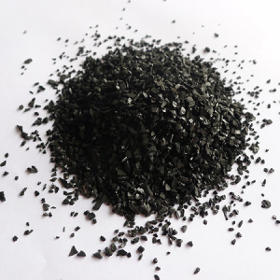
SUN CHEMICAL - COLORS & EFFECTS NETHERLANDS B.V
Netherlands
Activated Carbon is the general name assigned for a group of porous carbons. The appearance of activated Carbon depends considerably on the process used for the activation of Carbon. The product is typically charcoal black with varying mesh sizes.
Request for a quote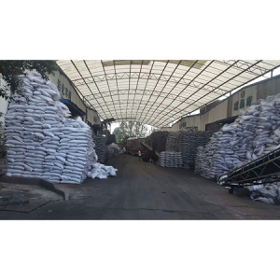
SUN CHEMICAL - COLORS & EFFECTS NETHERLANDS B.V
Netherlands
Activated Carbon is the general name assigned for a group of porous carbons. The appearance of activated Carbon depends considerably on the process used for the activation of Carbon. The product is typically charcoal black with varying mesh sizes.
Request for a quote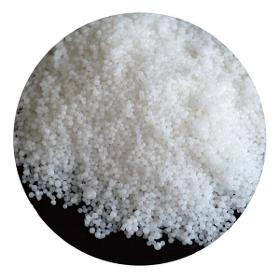
SUN CHEMICAL - COLORS & EFFECTS NETHERLANDS B.V
Netherlands
Caustic soda pearls appear as white spherical or semi-spherical granules with slightly perceptible color. Caustic soda pearls are water-soluble with an exothermic reaction, and they depict stability in normal conditions. Sodium hydroxide is a highly alkaline substance that dissociates completely in water into sodium and hydroxyl ions.
Request for a quote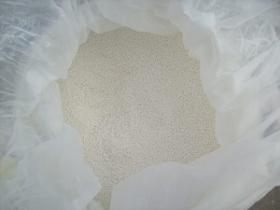
SUN CHEMICAL - COLORS & EFFECTS NETHERLANDS B.V
Netherlands
The acid is an organic compound that works as a reagent in various organic synthesis processes. It is also a good bleaching agent. The compound is prepared from cyanuric acid when reacted with sodium hydroxide and chlorine gas. One of the major applications is its use as an algicide, disinfectant and bactericide in swimming pools. It prevents the growth of aquatic plants and undesirable bacteria especially for regularly used swimming pools. People use it in place of chlorine gas as it is easier to handle without getting exposed to the harmful fumes
Request for a quote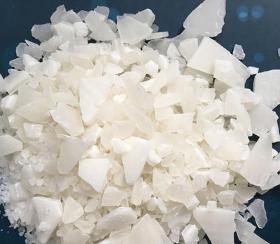
SUN CHEMICAL - COLORS & EFFECTS NETHERLANDS B.V
Netherlands
The substance is not reactive with most of the naturally occurring elements. However, it reacts with sodium bicarbonate to form a thick blanket of carbon dioxide. A foam stabilizer is added to the reaction to create a viable carbon dioxide layer that can effectively lock out oxygen from the burning material. This is the most common substance in many fire extinguishers used in Japan and India.
Request for a quoteResults for
Chemicals - Import exportNumber of results
325 ProductsCountries
Company type
Category
- Chemical catalysts (217)
- Chemical binders (51)
- Chemical metal treatment (45)
- Chemistry - laboratory products (28)
- Chemical fertilizers (4)
- Pallets (2)
- Chemicals - Basic Products & Derivatives (1)
- Dosing - machines and equipment (1)
- Solvents and thinners (1)
- Fittings, pipe, tube and hose - plastic (1)